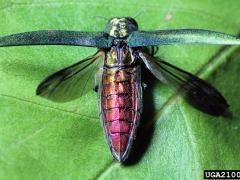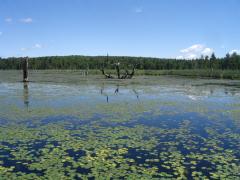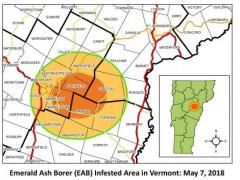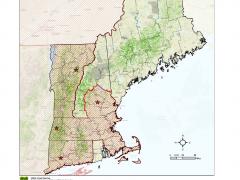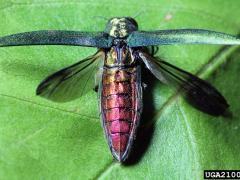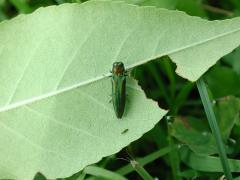Emerald Ash Borer Discovered in Maine
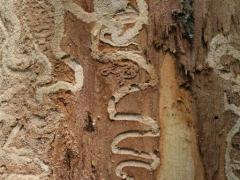
Officials at the Maine Department of Agriculture, Conservation and Forestry (DACF) report that emerald ash borer (EAB) has been found in Maine. Despite an aggressive search for at least a decade, the destructive forest insect from Asia had not been detected in Maine previously. It has killed hundreds of millions of ash trees in thirty-four states throughout the country. The estimated commercial (unprocessed) value of Maine ash trees is approximately $320 million.
